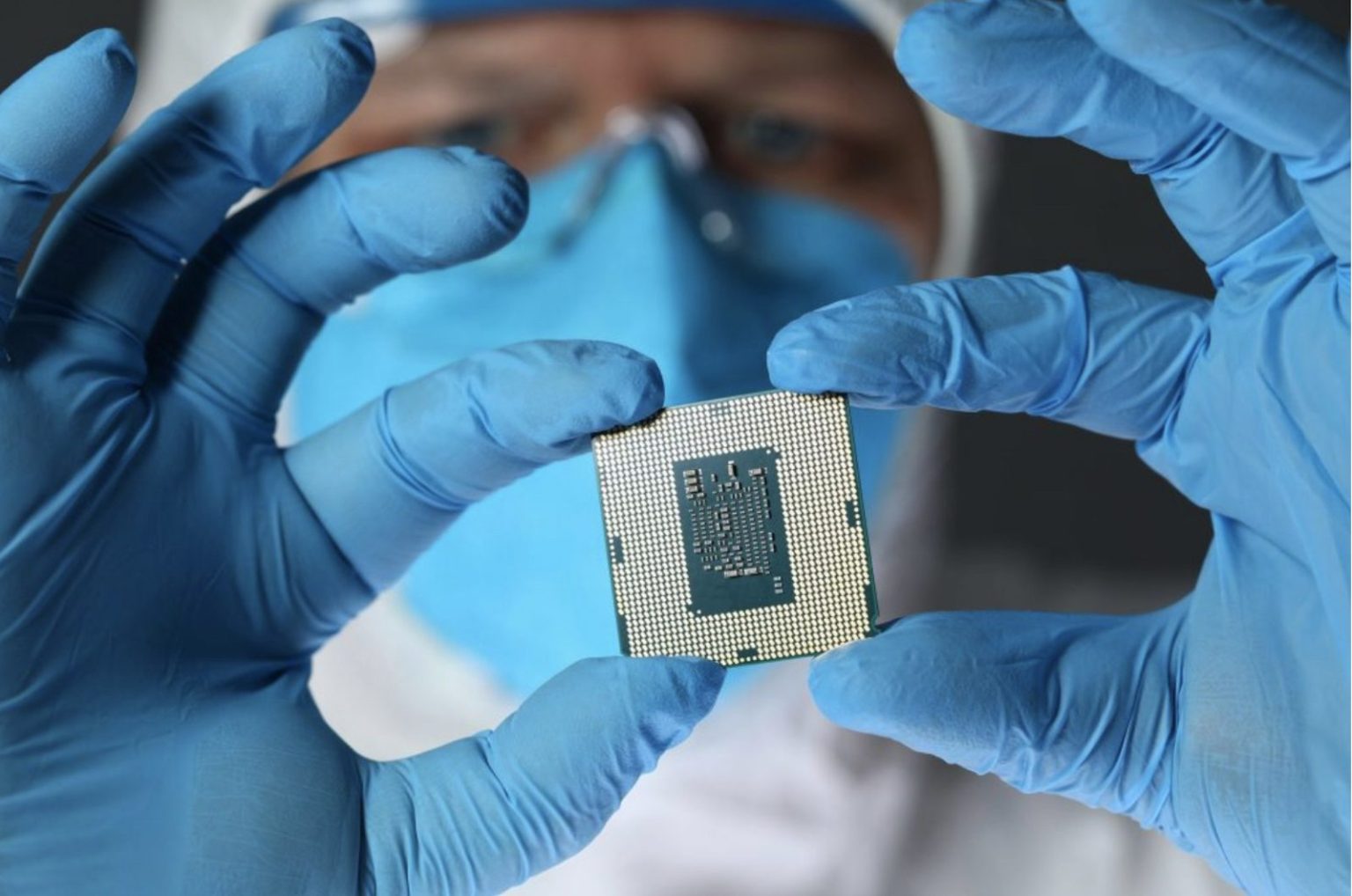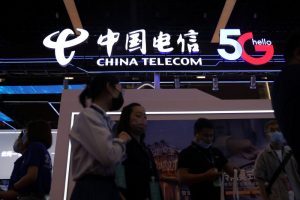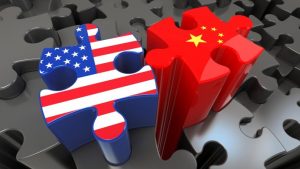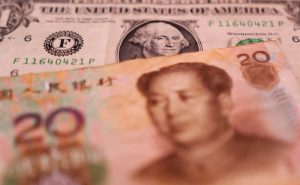(ATF) As the Sino-American trade war moves into the high-tech industries, the US is copying the Chinese practice of “killing the monkey to scare the chickens” in its strategy.
US sanctions, fines and other aggressive moves have focused on the tall poppies such as Huawei and Bytedance, operator of TikTok. But many other Chinese tech firms, such as handset makers Xiaomi and Oppo, big media firms including Tencent and trade platforms like Alibaba, are sitting quietly, letting their rivals take the fall.
But they are as vulnerable to US sanctions, if not more so.
HUAWEI SAGA: Top Huawei executives had close ties to company at centre of US criminal case
Huawei, Bytedance and the Chinese Academy of Science have issued bellicose statements to the Chinese media, accusing US companies of stealing Chinese intellectual property. Their vows that China will find a solution to the issue have been accompanied by warnings that US chip manufacturers will lose business in the process. But non-Chinese tech manufacturers are transferring business, such as mobile phone design and assembly, to India and other markets.
On September 17, ByteDance commented in The Paper: “In the recent large amount of attention and reports on TikTok, there is a lot of speculation and false information. True, the situation is that we are indeed discussing cooperation plans with some companies to address the concerns of the US government and the public about the security of US users’ data.
“The above plans do not involve the sale of business and technology, and we have not yet signed a final agreement. The signing of the final agreement needs to be based on the law and has to be approved by relevant Chinese and American authorities.”
While Oracle has emerged as the likely buyer of TikTok’s US business, no deal has been signed and in any case the terms as they stand wouldn’t permit the use of the Chinese company’s algorithm, which pushes content to users, and can be very easily used as a political tool.
Also, data scraping by Tiktok, one of the most aggressive apps available, constantly sends user data to Bytedance servers, which are being moved to Ireland, a justification that has little to no government tech oversight.
List of grievances
On the same day, Foreign Ministry Spokesperson Wang Wenbin urged the US to “respect the principles of market economy and fair competition, abide by international economic and trade rules, stop politicising normal economic and trade cooperation, and provide an open, fair, just, and non-discriminatory business environment for foreign companies to invest and operate in the US”.
This was, of course a list of US and other countries’ complaints about Chinese market access, few of which principles China provides to foreign firms operating in the country.
Though TikTok appears to be slipping through the net, the most likely outcome is that China will let TikTok US burn rather than hand over the keys to its backdoor data-gathering engine. Bytedance also expressed indignation that firms such as Youtube, Facebook and Instagram are “copying” the Tiktok model with a rash of short-video apps being released.
For the more serious issue of blocking Huawei’s access to chips and technologies, and penalties on ZTE, as well as the hanging threat over China’s other numerous tech and mobile firms, the affected parties and the Chinese Academy of Sciences (CAS), have been equally vocal in local media.
CHINESE TECH: As US ban on Huawei starts, China tech giant claims 31% of market
Huawei has developed its own HiSilicon series chips, whose designs were all handed over to TSMC for foundry production. At the same time, Huawei also uses Qualcomm and MediaTek chips, and uses Samsung, Micron and other companies’ flash memory.
However, Huawei’s “self-developed chips” can no longer be produced by TSMC, and Qualcomm, or MediaTek, and are no longer shipped. Huawei’s Yu Chengdong said in early August that its semiconductors are out of stock and that its Kirin 9000 chip may be out of print.

“There is a lot of speculation and false information”: Bytedance.
Due to the US policy, Huawei is facing a chip crisis. Although Huawei has stocks of processors, domestic manufacturers can only produce chips larger than 14nm. China hasn’t the technology to mass produce the 7nm, 5nm and other chips that smartphones need, directly affecting Huawei’s high-end mobile business.
Although Huawei may face short-term difficulties, the company says the crisis will also bring opportunities. It and the president of the CAS have said the company has officially entered the field of semiconductor making and will also “achieve breakthroughs in new materials and terminal manufacturing”. But Yu said it was only conducting design and research and would not enter the field of manufacturing due to the heavy capital outlay required.
“This was a lesson, but cutting the supply of chips is a crisis and an opportunity,” he said.
Huawei said HiSilicon may integrate R&D, design and manufacturing in the future.
Domestic restrictions
Recently, the president of the CAS also officially announced that he is facing restrictions on domestic high-tech industries by the US. CAS hopes to do some work in this area, such as build photolithography machines.
The CAS president said the US had “stuck its neck into our scientific research task list”, such as interfering with key core technologies and key raw materials.
In the 2nm chip manufacturing area, CAS said it has achieved a technological breakthrough, on self-aligned, gate-stacked, vertical, nano-ring gate-transistor technology.
Local chip maker SMIC has accelerated its technological capabilities but was told not to cooperate with Huawei in chip development because the chipmaker uses American technology. Though on face value both firms agreed to the break up, it is hard to say what will happen on the ground.
Chinese media also focused on losses to US companies in the tech trade war, losing multiple billions in lost orders. But as the field of smartest assembly will move to India and other places, this would again be a short-term problem.
In response, Huawei has called on domestic manufacturers to abandon Qualcomm and other US companies’ chips while accelerating their own technological innovation.
























